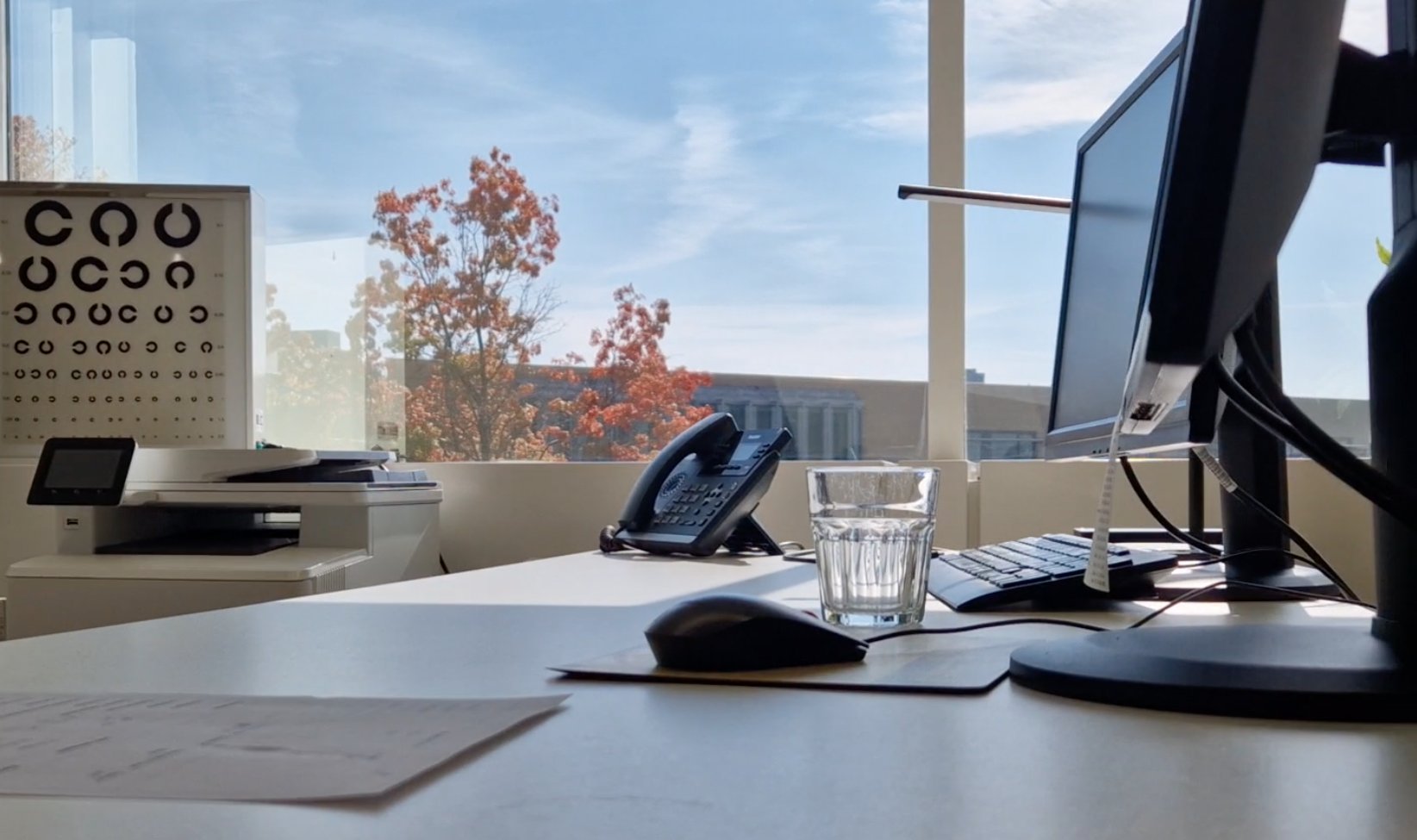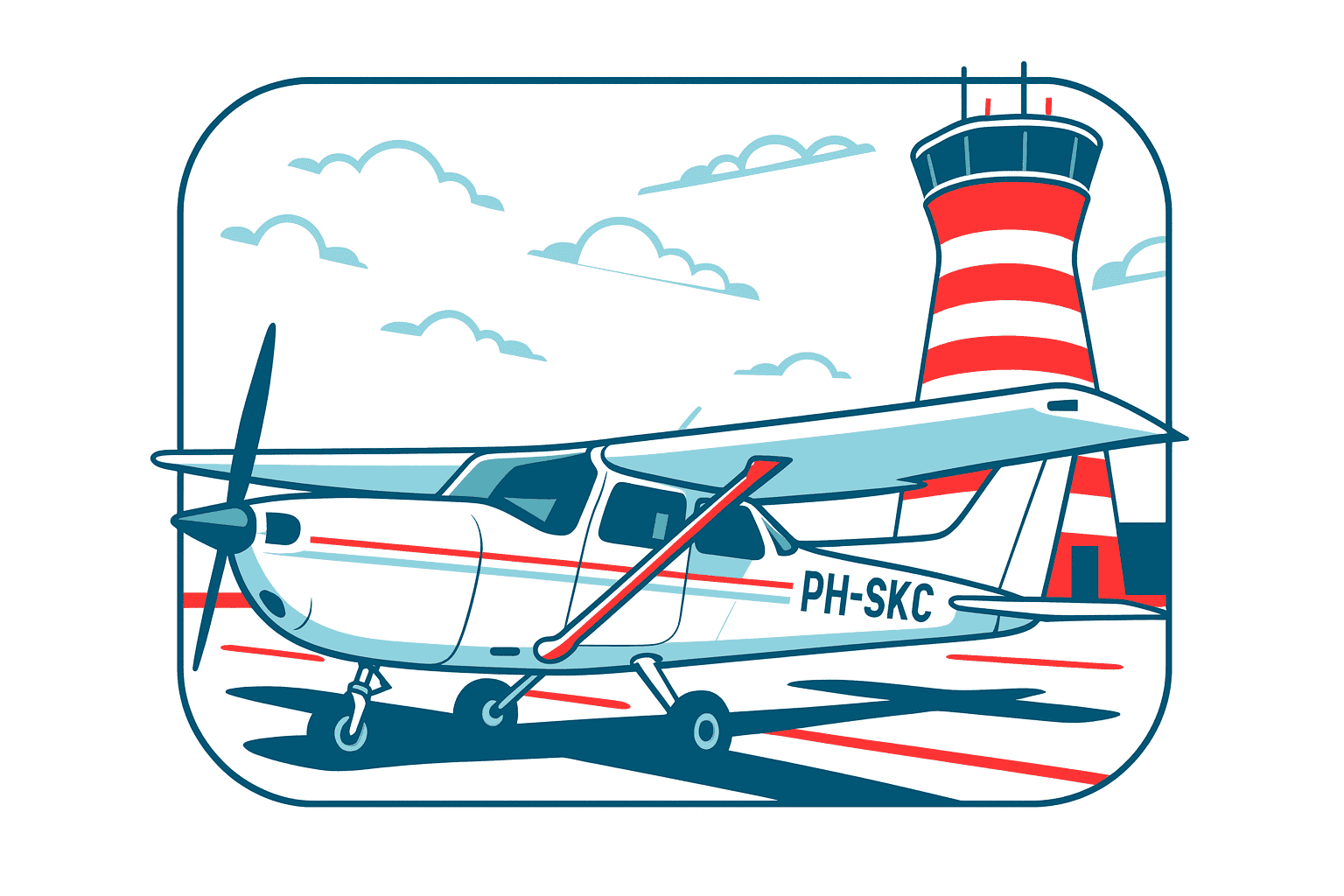The Class I Aeromedical Exam
Starting Flight Training Later in Life
When I started flight training in Spain, I was nearly twenty years older than everyone else in my class. The average age was early twenties; I brought the median up just by showing up. My story isn’t unique, but it’s far from typical. Before enrolling, I scoured Reddit threads and aviation forums, and the advice was varied but seemed to generally say: “It’s never too late.” So, I went for it.
But there was always one warning tucked between the encouragement: get your medical now. No medical approval, no license.
To become a pilot, you basically need three things: aptitude to fly the plane, knowledge of how it flies, and the physical fitness to fly it. The first two, I told myself, no problem – willpower and commitment to show up to practice and study will get me there. But the last? Those twenty extra years didn’t just add wisdom; they added wear and tear. My body reminded me daily, especially my hips.
Preparing for the EASA Pilot Medical Exam
Before I set out for Spain last year, I rushed to set up a Class II medical exam with the nearest Dutch aeromedical examiner. I thought I was in general good health, but I “crammed” for that exam more than I had for any other: cutting out salt, carbs, and booze for the weeks leading up to it – going to the gym three times a week – a 9,999% increase year over year. If I could not get a Class II, I was not eligible for a Private Pilot’s License (PPL), and even then, a Class I certificate loomed later for a Commercial Pilot’s License (CPL).
Why all the fuss? A Class II medical’s primary focus is to determine the risk of sudden medical incapacitation during flight. Will you be a hazard to yourself or others if operating what can easily turn into an aviation-fuel-filled dive bomb over populated areas? Checks also include mental competency, vision, hearing, and ear/nose/throat conditions.
The result: a conditional pass. Basically: go home, get this checked, get back to us within a year, and we’ll pass you. The issue: hypertension. The silent killer, as it is affectionately known. You don’t want your pilot’s blood pumping through his veins like a firehose as he’s stabilizing an approach to land on a windy day. A setback, I thought, but not insurmountable – and one that could, at last resort, be addressed with medication.
When the Results Aren’t What You Hoped For
A week of beets, lettuce, and water later, I biked back to the doctor with Vivaldi’s Four Seasons in my noise-cancelling headphones, determined to keep my blood pressure and temper low for another reading. I didn’t hear a word my wife or kids said before I went out the door so as not to risk having my blood pressure jump by a fraction of a point. Maybe they told me good luck, maybe they were yelling at each other… I’ll never know.
And I passed. One milestone down. I knew I was at least eligible for a PPL.
A year later, as autumn returns, I find myself in the same place – another medical exam, another round of tests. This time it’s a Class I, the full workup required for the CPL. The Class I is the same idea as the first, but it is much more in depth. I sat in a silent box listening to faint audible beeps and clicking a button when I heard them and from what direction. I put my head into a machine and noted when a tiny black mark popped up in my peripheral vision. I blew hard into a tube until my lungs where empty three times in a row to test for lung function. I looked at cards with slight color variations to test my eyes for colorblindness. Reflexes, cardiograms, EKG’s, urine tests, blood tests. It seemed like any possible ailment that I had or ever had, they were going to tease out and tell me “Nope, no license.”
For three months I trained hard, ate carefully, cut out drinking and caffiene (mostly), and swallowed vitamins and minerals by the handful. I lost 40 lbs, my blood pressure went down by 20%, and at 38, I felt that I had erased years of neglecting my health and felt better than I had since I was the age of those 20 somethings I shared that class in Spain with. Confident that the doctor would be singing my praises as I walked into the medical exam, I felt pretty optimistic about the whole thing.
And the result: conditional pass.
There is nothing new under the sun, I guess. This time for a more vexing reason: a suspected case of Cushing’s Disease, an affliction that can cause hypertension, irritability and a propensity for weight gain, among others. After passing most of the six-hour day’s medical checks with flying colors, to be sent away in limbo like this was a blow I had not expected. On the way home I read articles on this newfound ailment that apperently I may have, determined that it wasn’t true and wondering whether this was a reason that my hopes of earning a CPL may be dashed. Luckily, it seemed like a treatable condition, not to mention one that if I actually did have, could improve my quality of life once treated. So I went home confused but hopeful that this wasn’t the end, more just frustrated at the delay this would cause in my path.
I was told that I would need to see my GP, then a specialist, to determine if I in fact had this, and if so, to begin some sort of treatment regimen before I could be issued a Class I. And so that’s where I currently stand.
Setbacks, Not Stop Signs
It’s a setback, not a stop. For now, I’ll keep flying, keep building hours, and keep sorting out the medical side. Setbacks, I’ve learned, only make the good days all the more rewarding. One foot in front of the other, I continue the march for that CPL.
Follow along with me: 👉 https://vidacolorado.com/taking-flight/




Good work here, doing all you can to make this happen. I’m sure you feel good and are on a winning path. Keep at it and hopefully you will come through with flying colors!
Well as they say… anything worth having, right?
wow, super impressed by the months of health cramming 😉 but also your ambition and dedication! i know how hard it is to lose 10lbs so 40 shows real mental stamina.
Thanks! Yes, definitely took some discipline that I had never quite been able to muster before I had this goal in mind. The shift from ‘I should get healthy” to “I should get healthy for XYZ by this date” was instrumental in getting where I am.
That’s what I tell my kids all the time – disappointments aren’t fatal, but if you stop trying they will be.
I lost 40lbs 10 years ago and kept it off. Changed my life. Read up on how your body needs 12-24 months to adjust to a newer lower weight and how to prevent the bounceback many go through. You don’t want your hard work to go to waste. The #1 thing I recommend: stepping on the scale daily if possible. Hard to suddenly gain it all back when you have to look at the scale each morning.
Yeah, It truly has changed mine too. And very good tips. If you have any resources you’d recommend I’d love to hear them. I’ve still got some more to go, but I’m already thinking ahead to my long term plan after I hit my goal.
I would read up a lot, no specific books. One thing to remember is weight loss is a 4 step process. Losing the weight is only step one according to most dieticians I’ve read from. Then 2-4 steps are about adding in different foods that were previously restricted in measured/modest ways while keeping your weight steady.
I tracked calories but whatever your method used during the weight loss, you have to keep intact for 1-2 years after goal weight to maintain it. That goes down to small habits like how you manage grocery shopping, daily weight ins, etc.
It seems that you have unknowingly started on very health changes that will contain this issue. You are young and this is the right time to push it. Check out the necessary treatments – if any – and continue to follow your dreams!
Yes. Really the additional LBs coming off made the difference. All kinds of positive side effects when you can get rid of some of that!